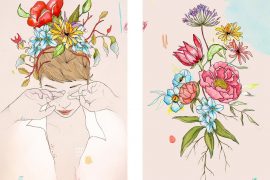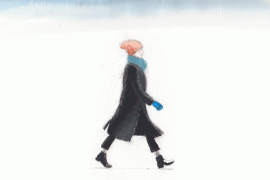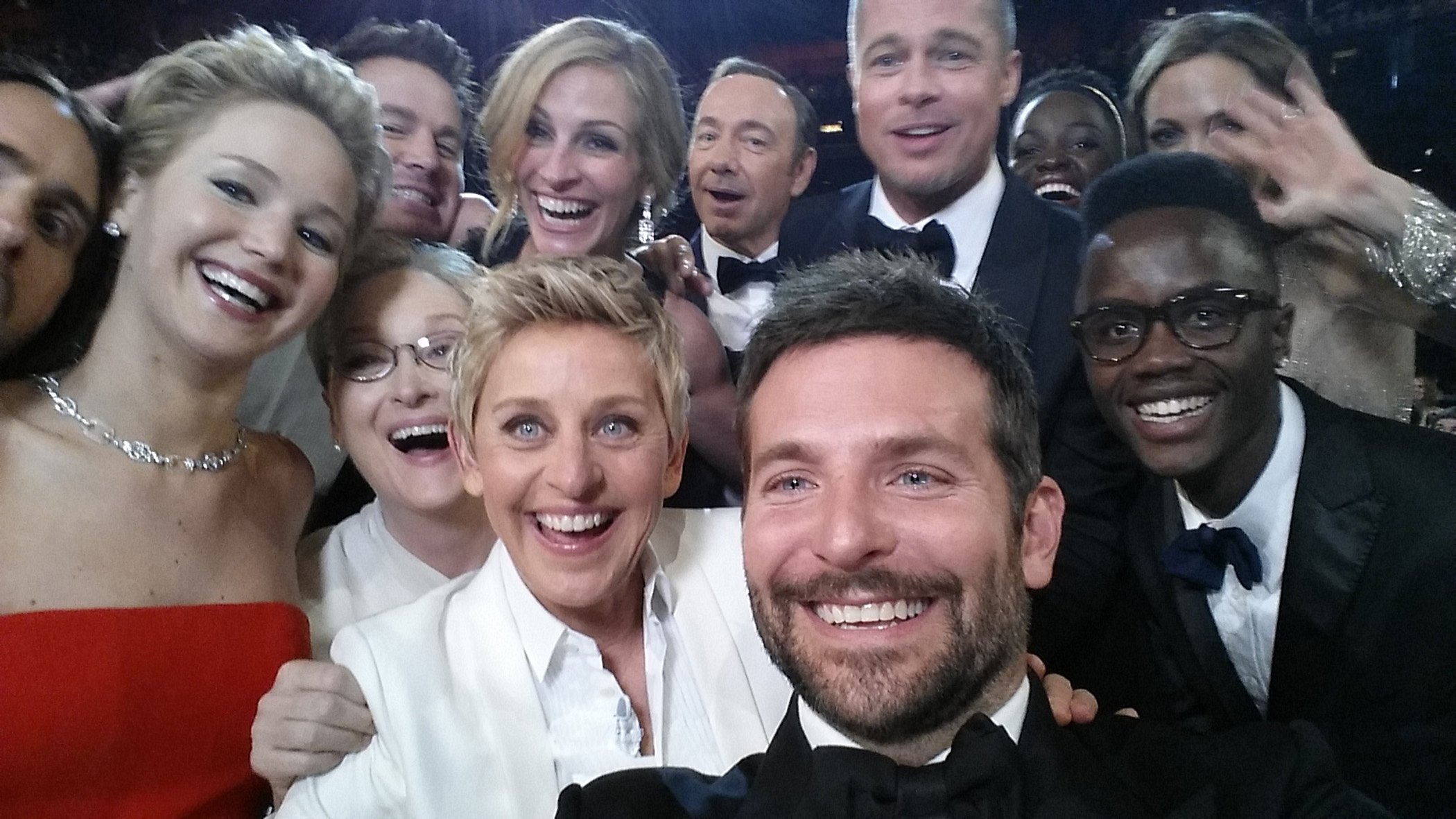
The unremitting human emancipation from nature –transformed into “culture”– is...

Find out which are the 26 restaurants with Michelin Star...

Take a deep breath. Alright? We are going to talk...

Its spin-off, Peptomyc, is immersed in its second clinical trial,...

Since the Walkman we have walked from one place to...

The Earth from space, those other corners of the universe,...

The explanation of the cold in our latitudes is in...

From the Sociedad Catalana para el Alumbrado por Gas, founded...

Minister for Enterprise and Knowledge Àngels Chacón highlights that “over...

Maybe because of tradition, or because of its huge media...

Música clásica sobre la arena de la playa en dos...

The first session of the cycle on the regatta organized...

The hospital's managing director, Manel del Castillo, and the pharmaceutical...

Generalitat y Ayuntamiento impulsarán dos equipamientos de 'Casa de les...

Leticia Beleta, director of Alexion Pharmaceuticals in Spain and Portugal,...

We all have a friend who never leaves the Gràcia...

Barcelona director opts for Best International Film with 'La sociedad...

The hotel and industrial sectors softened the market's decline last...

The technology company, with a workforce of 35 employees and...

“The women of yesteryear were strong and had to fight...

[dropcap letter=”A”]
cross history, human beings have tried to leave trace of their existence. From their origin, all cultures have represented those persons worth remembering. Gradually, from immortalising pharaohs, emperors, conquerors and people who changed the world, we ended up photographing families who wanted to have a staged memory, and photo albums. Both celebrities and anonymous characters had their own version of glory. On the one hand, the Hollywood red-carpeted version, and on the other, the domestic one. The paparazzi tried to steal and then spread the private lives of public figures. But the emergence of social networks and, mainly the commercialization of the iPhone 4, put an end to that business. The celebrities themselves could spoil one exclusive by simply turning their phones, focus on their faces and draw a smile and upload the resulting picture on their Instagram. In fact, they get more visits –and friendly visits– than from yellow press readers, as it takes longer for stolen photos to make it to a paper magazine. Photos of the famous were closer, in all respects. They transmitted a false relationship with their fans, who can leave comments and heart-shaped emoticons.
Those fans imitated their idols, by self-portraying, well-dressed, their hair nicely brushed, just like them. They copied their poses, purred their lips, and winked an eye. Only in 2013, more photos were taken than in the whole previous history. Selfie became the buzz word of the year, according to the Oxford Dictionary. This was followed by the influencers, youngsters paid for wearing clothes of a specific brand, and pretend to wear those clothes casually, not as part of a publicity strategy. Naturalness entailed hours of artifice and preparation. They all are human billboards or mannequins. And since the product is oneself, it needs to be sold as well as possible. The number likes will determine the acceptance of internet users. In other words: nearly the entire world. In turn, this will determine the self-esteem of whoever is being shown on screen.
Being popular with everyone is impossible, but it would look easier if you adapt to standards. The number of aesthetic surgery has rocketed in the last few years and, every 19 minutes, somebody has their lips operated on to make them thicker. Nose reduction and eye wrinkle correction have increased by 20% among young people. There are many apps aiming to shape up your face, clear your skin colour, and there are cameras specializing in self-portraits for one thousand euros, and many complements, among which a selfie stick is a classic.
The Collins dictionary added in 2016 the term snowflake generation as young adults from the 2010 decade, less flexible and more prone to offend each other than previous generations
egocentric era. The landscape, the monument, art have become mere contextual features, a background motif that demonstrates —like scribblings on a tree trunk or a toilet door— that “I was there”. Some pose happily in Auschwitz, as if they were at a theme park. Memory lasts what it takes reading a witty chirp, and is equally transcendent. The selfie takes a picture of ourselves. There is even a trend in the webpage Selfies At Funerals, which emphasizes the sadness of the photographed over the relevance of the deceased.
The Collins dictionary added in 2016 the term snowflake generation as young adults from the 2010 decade, less flexible and more prone to offend each other than previous generations. In The Guardian, Rebecca Nicholson added to this that they speak about feelings just as often as they self-portray, are terribly narcissistic and have a political identity that reacts against alien freedom of speech. If you are at the centre of the world, and have created a world at your will, then it is logical that you consider yourself sovereign. And now we are back to the original objective of a portrait: a representation of those who stand out. Accordingly, they deserve being worshipped.
In the internet mishmash, being noticed is not an easy task. Since captures immortalize a moment, the photographed considers himself immortal. According to research reported in Me, Myself and My Killfie, published at the end of last year, 127 people have lost their life while starring a risky situation in front of a camera. The first one happened in March 2014, when a boy tried to immortalize himself and climbed on top of a train and died electrified by the catenary. Accidental falls from skyscrapers or cliffs, playing with guns going wrong, traffic accidents, running in front of a bull, a volcano erupting, have often become the last macabre image of brainless photographers. Contrary to their intention, self-contemplation is putting an end to personality and criteria. They look at the others only to compare themselves to them, and excellence is limited to aesthetic excellence. More than ever before, we need to widen our horizon.

[dropcap letter=”A”]
cross history, human beings have tried to leave trace of their existence. From their origin, all cultures have represented those persons worth remembering. Gradually, from immortalising pharaohs, emperors, conquerors and people who changed the world, we ended up photographing families who wanted to have a staged memory, and photo albums. Both celebrities and anonymous characters had their own version of glory. On the one hand, the Hollywood red-carpeted version, and on the other, the domestic one. The paparazzi tried to steal and then spread the private lives of public figures. But the emergence of social networks and, mainly the commercialization of the iPhone 4, put an end to that business. The celebrities themselves could spoil one exclusive by simply turning their phones, focus on their faces and draw a smile and upload the resulting picture on their Instagram. In fact, they get more visits –and friendly visits– than from yellow press readers, as it takes longer for stolen photos to make it to a paper magazine. Photos of the famous were closer, in all respects. They transmitted a false relationship with their fans, who can leave comments and heart-shaped emoticons.
Those fans imitated their idols, by self-portraying, well-dressed, their hair nicely brushed, just like them. They copied their poses, purred their lips, and winked an eye. Only in 2013, more photos were taken than in the whole previous history. Selfie became the buzz word of the year, according to the Oxford Dictionary. This was followed by the influencers, youngsters paid for wearing clothes of a specific brand, and pretend to wear those clothes casually, not as part of a publicity strategy. Naturalness entailed hours of artifice and preparation. They all are human billboards or mannequins. And since the product is oneself, it needs to be sold as well as possible. The number likes will determine the acceptance of internet users. In other words: nearly the entire world. In turn, this will determine the self-esteem of whoever is being shown on screen.
Being popular with everyone is impossible, but it would look easier if you adapt to standards. The number of aesthetic surgery has rocketed in the last few years and, every 19 minutes, somebody has their lips operated on to make them thicker. Nose reduction and eye wrinkle correction have increased by 20% among young people. There are many apps aiming to shape up your face, clear your skin colour, and there are cameras specializing in self-portraits for one thousand euros, and many complements, among which a selfie stick is a classic.
The Collins dictionary added in 2016 the term snowflake generation as young adults from the 2010 decade, less flexible and more prone to offend each other than previous generations
egocentric era. The landscape, the monument, art have become mere contextual features, a background motif that demonstrates —like scribblings on a tree trunk or a toilet door— that “I was there”. Some pose happily in Auschwitz, as if they were at a theme park. Memory lasts what it takes reading a witty chirp, and is equally transcendent. The selfie takes a picture of ourselves. There is even a trend in the webpage Selfies At Funerals, which emphasizes the sadness of the photographed over the relevance of the deceased.
The Collins dictionary added in 2016 the term snowflake generation as young adults from the 2010 decade, less flexible and more prone to offend each other than previous generations. In The Guardian, Rebecca Nicholson added to this that they speak about feelings just as often as they self-portray, are terribly narcissistic and have a political identity that reacts against alien freedom of speech. If you are at the centre of the world, and have created a world at your will, then it is logical that you consider yourself sovereign. And now we are back to the original objective of a portrait: a representation of those who stand out. Accordingly, they deserve being worshipped.
In the internet mishmash, being noticed is not an easy task. Since captures immortalize a moment, the photographed considers himself immortal. According to research reported in Me, Myself and My Killfie, published at the end of last year, 127 people have lost their life while starring a risky situation in front of a camera. The first one happened in March 2014, when a boy tried to immortalize himself and climbed on top of a train and died electrified by the catenary. Accidental falls from skyscrapers or cliffs, playing with guns going wrong, traffic accidents, running in front of a bull, a volcano erupting, have often become the last macabre image of brainless photographers. Contrary to their intention, self-contemplation is putting an end to personality and criteria. They look at the others only to compare themselves to them, and excellence is limited to aesthetic excellence. More than ever before, we need to widen our horizon.
